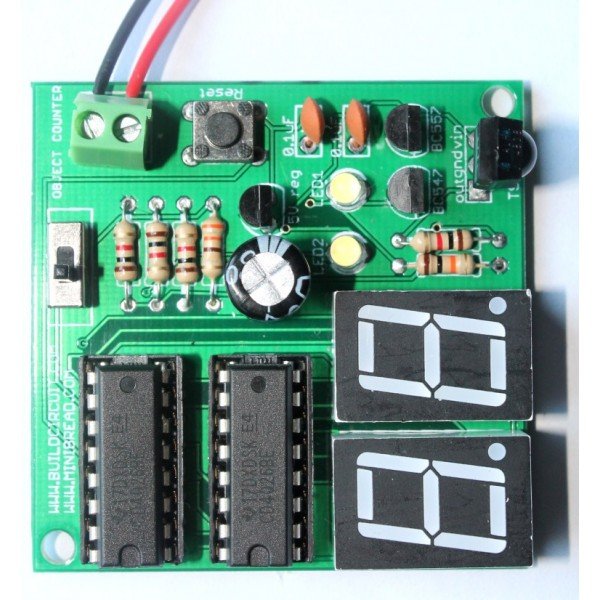
Digital object counter DIY kit
🛠️ Dive into our collection of DIY Kits, 🔊 Audio Amplifiers, Digital Scoreboards, FM transmitters, and more! 🎶 Explore endless possibilities at our new store.

🛠️ Dive into our collection of DIY Kits, 🔊 Audio Amplifiers, Digital Scoreboards, FM transmitters, and more! 🎶 Explore endless possibilities at our new store.
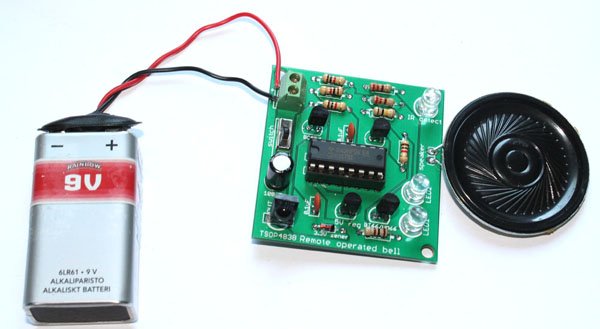
Remote operated musical bell is one of the interesting experiments every electronics hobbyist would like to make. We have made a very simple remote-operated musical bell DIY kit that requires your half an hour labor to make it work. It uses CD4017 decade counter, UM66 or BT66 musical chip and TSOP4838 infrared sensor as its…
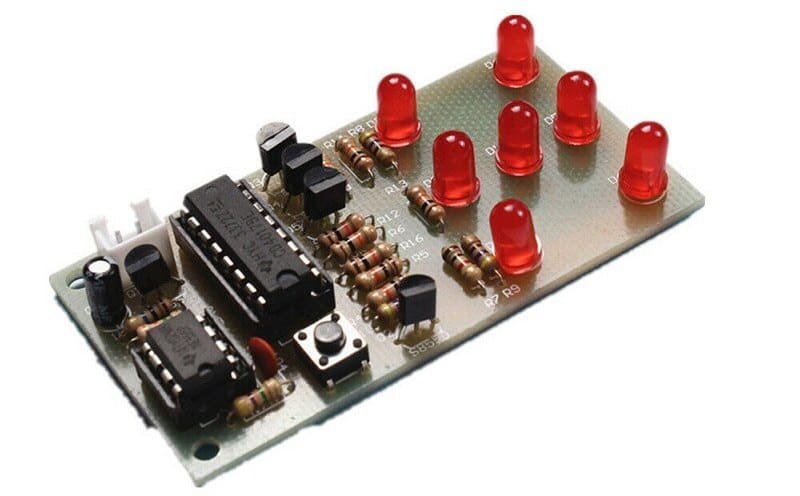

This is yet another TDA2030A based audio amplifier DIY kit. The kit is retired and not so popular these days. An excellent tutorial on this kit is published on this website.
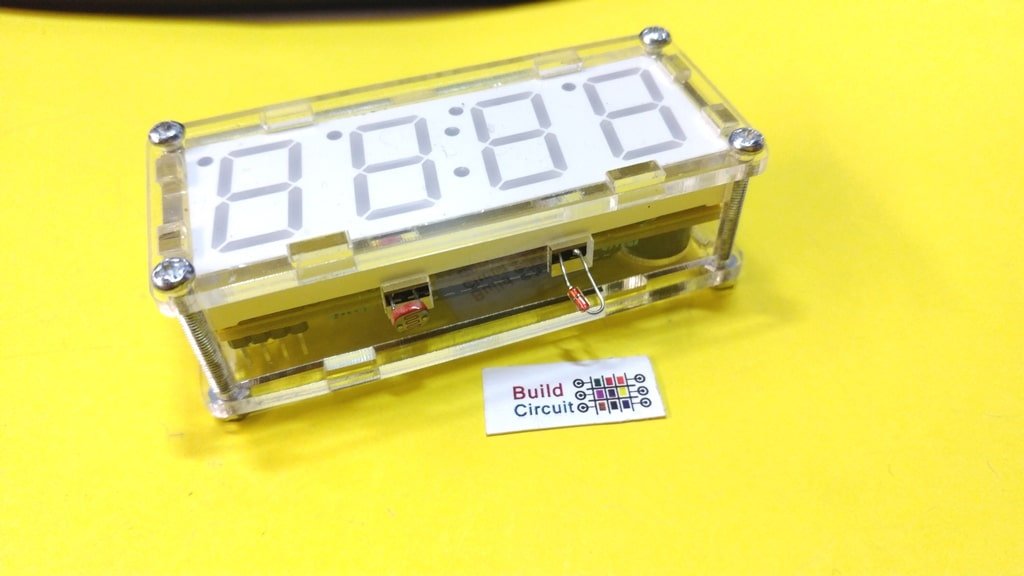
This is yet another digital clock DIY kit for electronics beginners. I have previously published several posts related to the digital clock. This kit is no different from those kits, it also displays time and the additional functions and temperature display and alarm. It also has a photoresistor which makes it sensitive to ambient light,…

This digital clock kit looks very much similar to this kit, the kit is actually slightly advanced than the previous kit. It has enough functionalities like any other regular clock. It is very accurate. It is an easy to build kit and perfect to start to develop your soldering skills. It uses the chip AT89C2051.

This is yet another dark sensor DIY kit. It is slightly different from other dark sensor kits. It has a buzzer and a photodiode that makes it different from other kits. Along with the LED, the kit turns on the buzzer whenever it senses darkness. See all the images below to get the idea for…
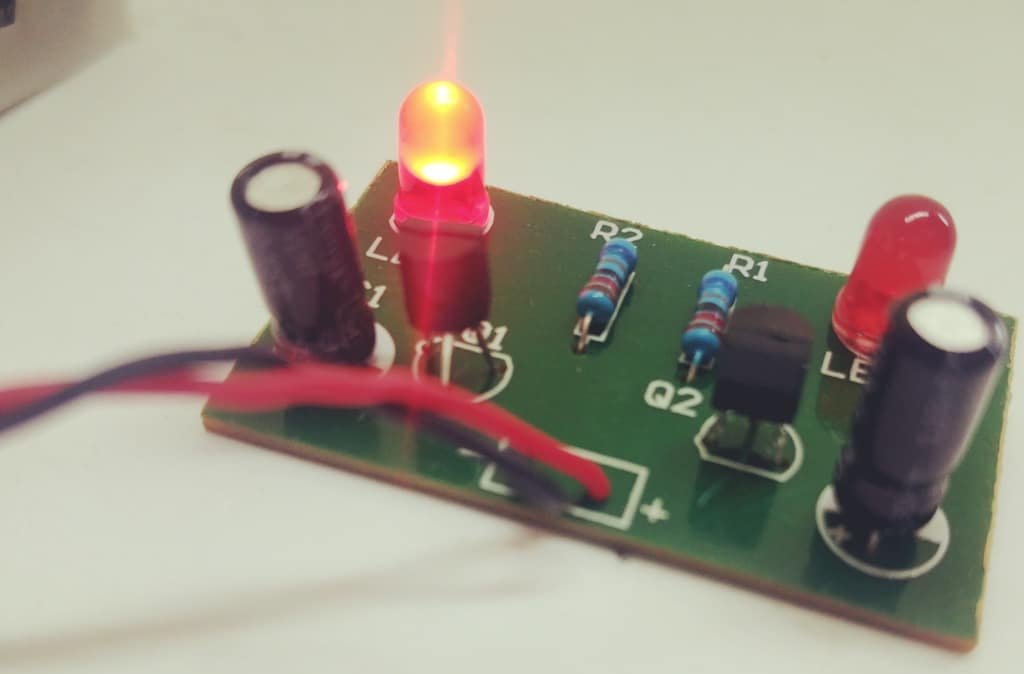
This is a simple multivibrator kit using two transistors(S9014), two capacitors, and a few other components. The working principle of a multivibrator has been explained in previous posts also. You can read about the multivibrator circuit on this page. The two LEDs on the PCB flash alternately, that’s all you see on the circuit board….

It is just another ‘build your own Arduino’ project. BuildCircuit has worked on similar projects before. The most popular project is a DIY Arduino kit. The DIY Arduino looks similar to the real Arduino boards and uses an FTDI basic programmer to program the chips. The kit that we are going to work on this…
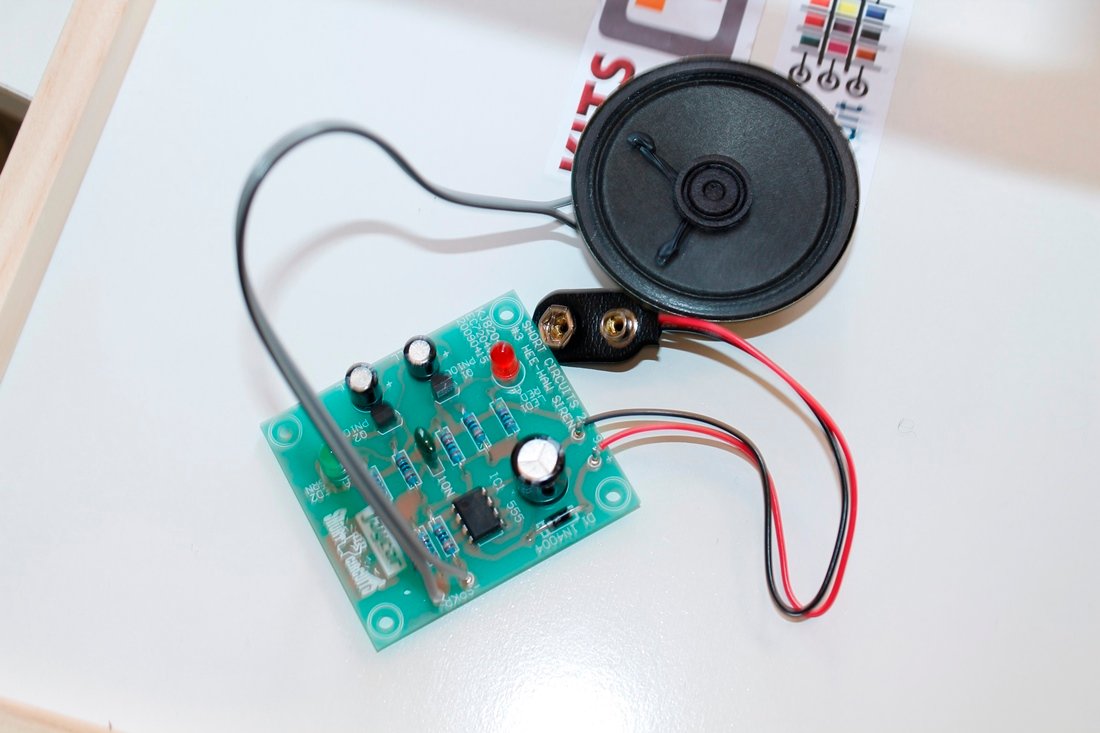
This video shows all the steps to build the HEE-HAW Siren Project from Jaycar. The kit is based on NE555 IC. The timer NE555 IC is configured in astable mode. You will hear a hee-haw siren similar to an ambulance and you will see the two green and red flashing LEDs. The kit is very…
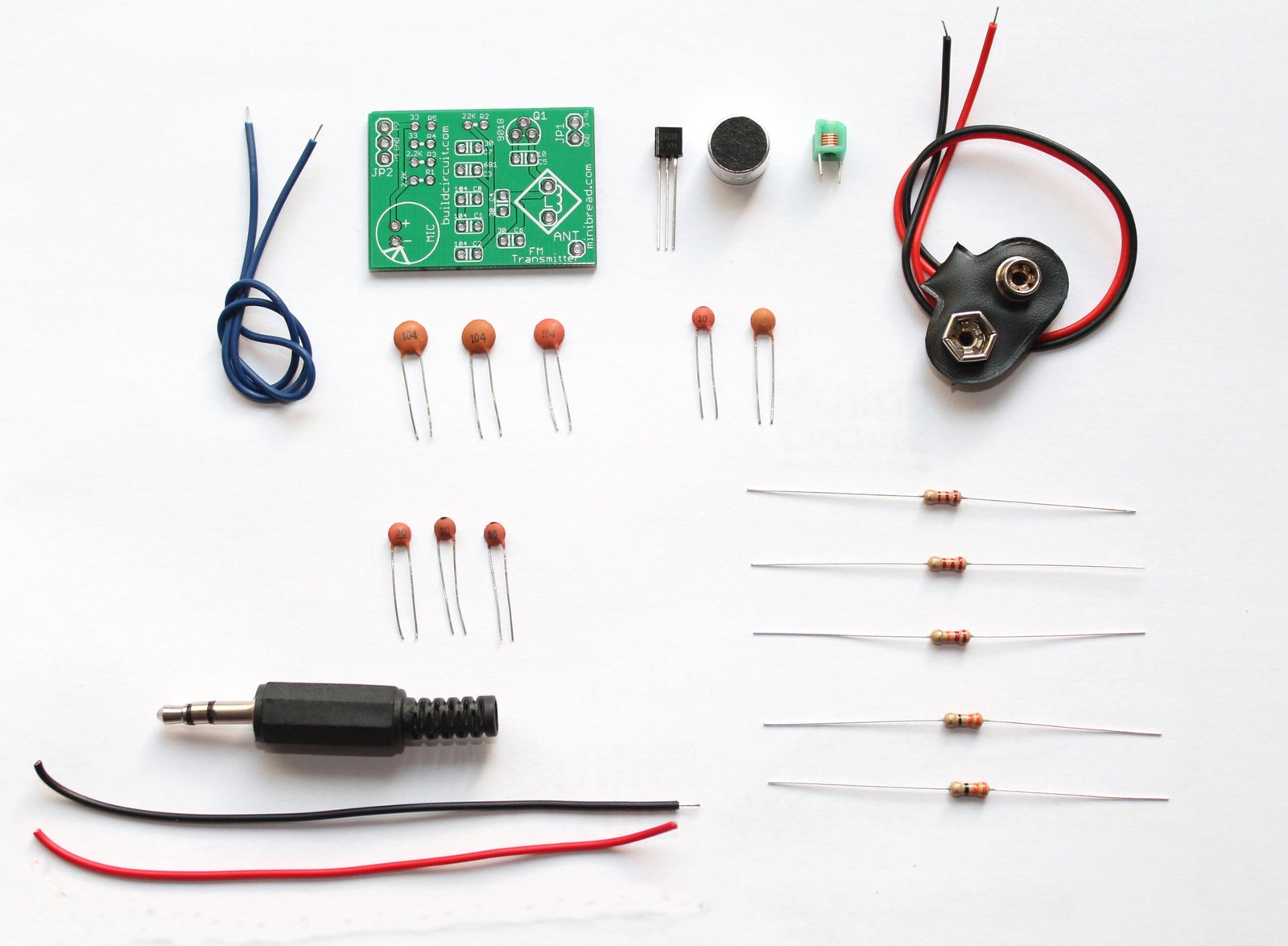
Here’s one of the easiest, simplest and the most popular FM transmitter for amateurs and electronics beginners. With this DIY kit, you can transmit your voice or audio over an ordinary FM radio within the FM broadcast band. It is a DIY kit designed by Sagar Sapkota. You can buy this kit at BuildCircuit Store….
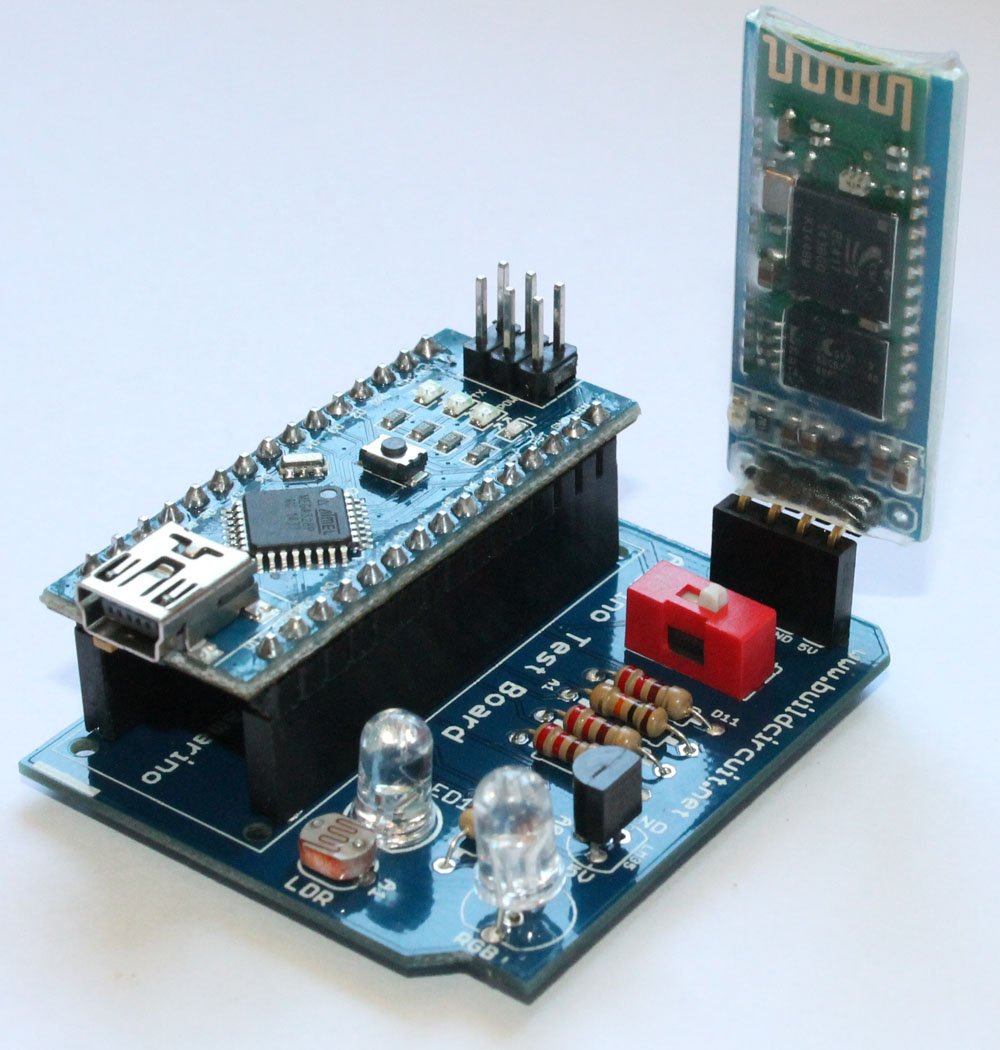

If you have come to this page from a search engine, please check this page first, you will eventually come to this page again. About Cosmarino The assembly process of the Cosmarino kit is very straight forward. You just need to follow the silkscreen labels to get the idea of assembly. A basic knowledge in…
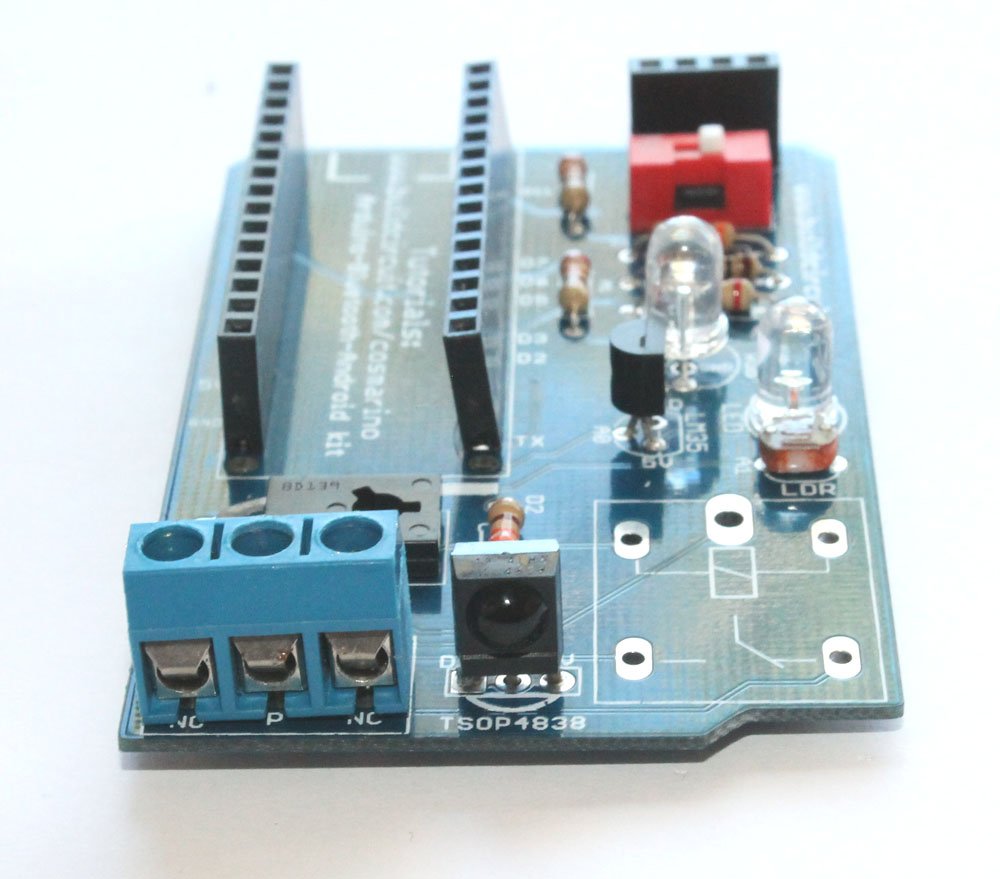
If you have come to this page from a search engine, please visit this page first, you will eventually come back to this page again. About Cosmarino Cosmarino is a versatile kit that facilitates communication between Android and Arduino in a simple way. We can do several experiments with this kit. In this tutorial we…
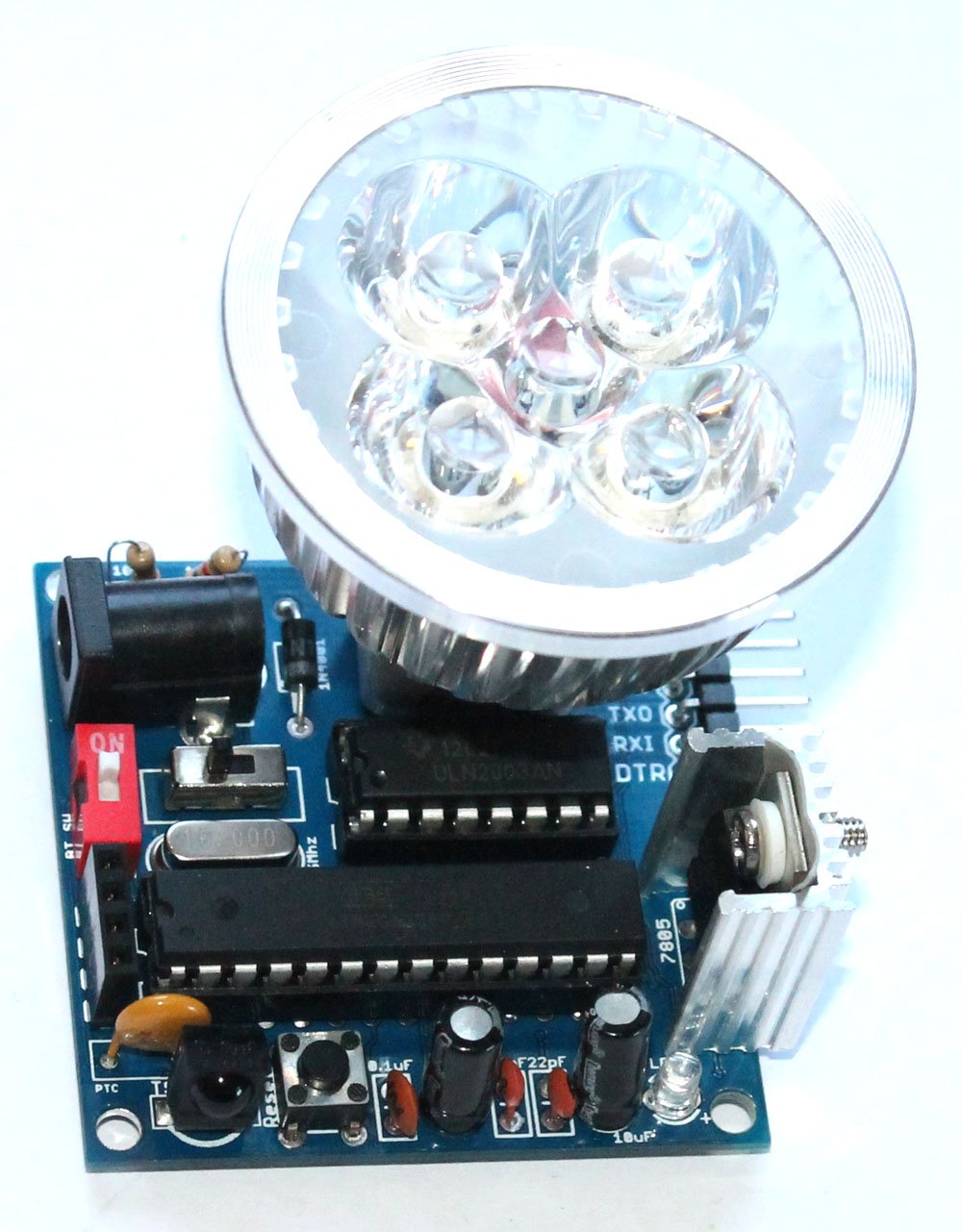


Description: Here’s a simple DIY clap switch circuit. The circuit is mainly composed of an audio frequency and a bistable trigger circuit. Q1 and Q2 together form an amplifier circuit. MK1 (electret microphone) accepts Clap/Audio signal and that enters to transistor Q1 through the coupling capacitor C1 and enters to Q2 base through collector directly after getting…
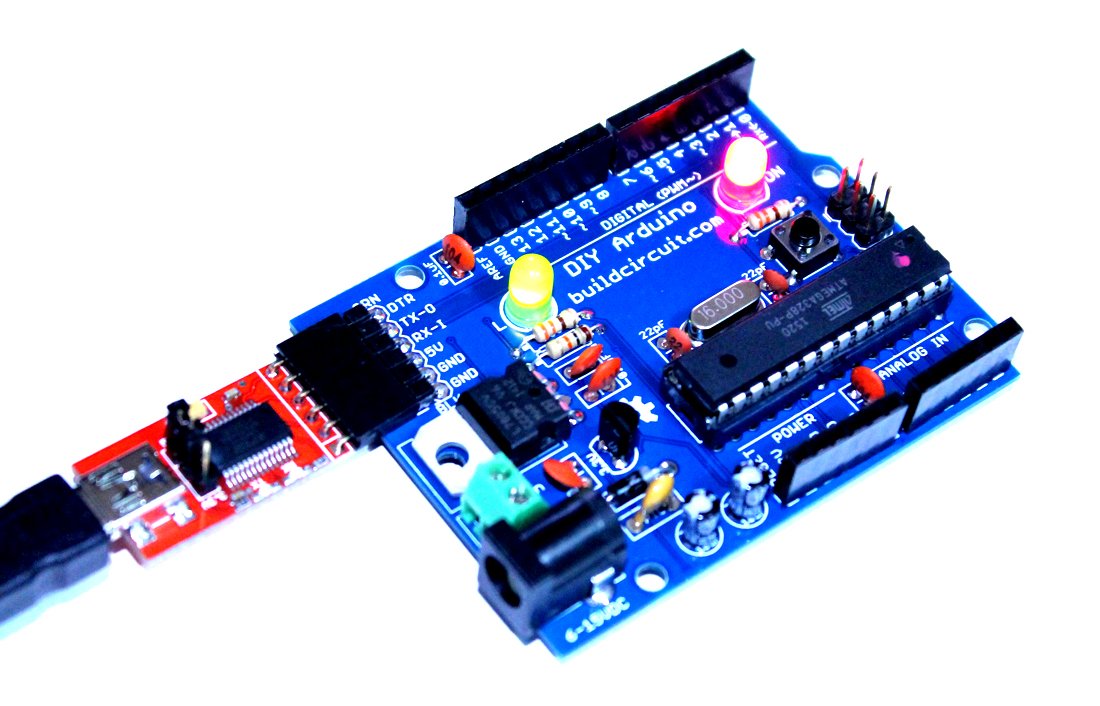
This is the gallery page of DIY Arduino kit. You can get description of this product on this page. Related topics: Schematic- DIY Arduino Assembly tutorial You can buy this DIY kit at BUILDCIRCUIT STORE.

We are now selling the BLUE COLORED DIY Arduino kit This post shows you how to assemble the DIY Arduino board. The assembly process is straight forward. It can be easily assembled if you follow the silkscreen indicators(labels) and have beginning experience with a soldering iron. You will need to read the resistor bands or use…
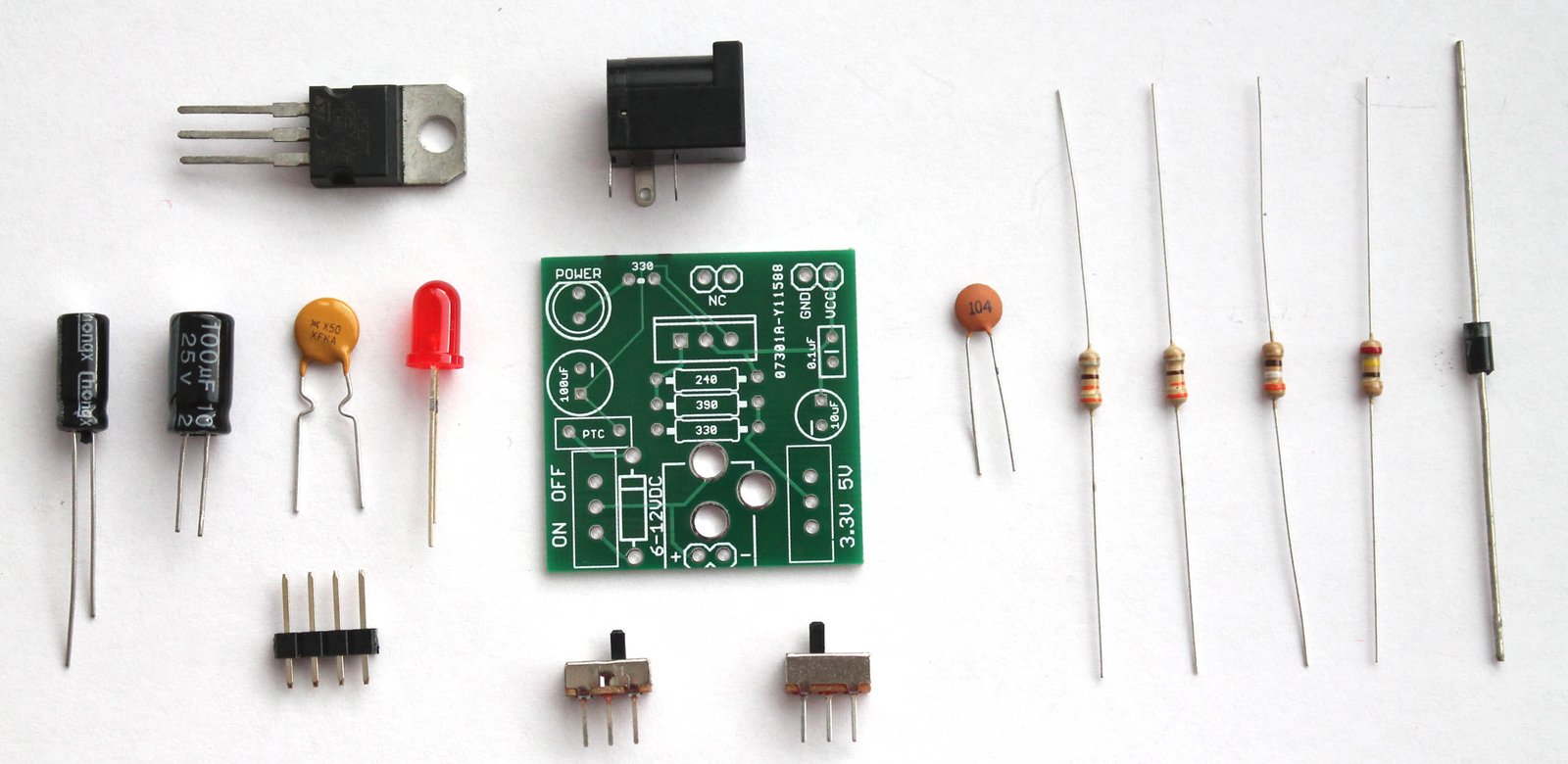
This is the assembly tutorial of ‘breadboard power supply DIY kit’. You can get all the details of this kit at this link. You will get the following components with the kit package. You can purchase this kit at buildcircuit.com.au. The web store is operated by BuildCircuit team. Look at the PCB below.You can see…